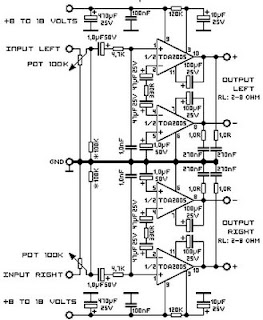Common to all the
devices is that they emit intense red light with a wavelength of 660 nm.
Some biophysicists claim that light of this wavelength can have a
positive effect on the human body and can initiate healing processes.
This so-called ‘phototherapy’ is a treatment which is claimed to have an
effect against allergic reactions in the body, since it acts against
free oxygen radicals and strengthens the immune system, reducing
inflammation of the mucous membrane.
Since this treatment does
not take the form of a medicine, but rather the form of visible light,
there is no risk of side-effects. There has been scientific research
showing that this therapy does not work in every case, but success rates
as high as 72 % have been reported. Since it may not be possible to
obtain these devices under the NHS or under private medical insurance,
our thoughts naturally turn to do-it-yourself. For the enclosure we
decided to use an old nasal hair trimmer.
These
can be obtained new for a few pounds, or you may have an old one that
can be recycled. The choice of enclosure also dictates the choice of
battery: the unit contains a holder for an AA-size cell. The circuit
must therefore not only be very compact (there is little spare room in
the enclosure), it must also be able to drive a high-brightness red LED
from a voltage between 1 V and around 1.6 V. Here again we can indulge
in a little recycling: we can re-use the circuit from a Mini Project by
Burkhard Kainka for driving a white LED, published in Elektor
Electronics in June 2002.
In this circuit the inductive voltage
pulse is limited by the LED itself, ensuring that the output voltage
will automatically match the forward voltage of the LED. The circuit is
suitable as it stands for driving a high-brightness 660 nm red LED to
make a do-it-yourself phototherapy unit. In view of the small number of
components, the circuit can be assembled by soldering them together
directly or by using a small piece of stripboard.
The circuit can
operate from a wide range of voltages, and so we can use either an
alkaline AA cell or an AA-size NiMH rechargeable cell with a voltage of
1.2 V. The current consumption of the circuit is about 20 mA. Assuming
the circuit has been built correctly, the red LED should light brightly
as soon as power is applied. Five to ten minutes’ use in each nostril
every day should be sufficient to obtain noticeable benefit after two
weeks of treatment.








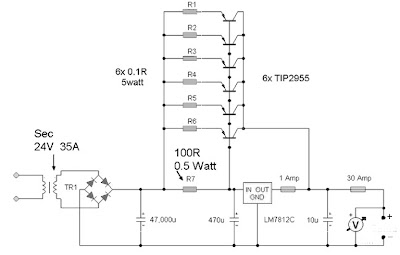


 Circuit Diagram and Schematics Nokia N-Gage
Circuit Diagram and Schematics Nokia N-Gage We alone charge to ascertain the freezing point with this circuit. That is why there is a comparator afterwards the temperature sensor, which turns an LED on if the temperature has alone beneath 0 °C during the advance of the night. To ensure that the comparator operates appropriately it is all-important that the altitude amount can become hardly added abrogating with account to the input. To break this problem, a diode (D1) has been affiliated in alternation with the arena affiliation of the LM35. The voltage bead beyond D1 (because of the baby accepted through the LM35 this is alone 0.47 V) acts as negative ability supply. Since the non-inverting ascribe of comparatorIC2 is affiliated via R3 to the anode of D1 it functions as the 0°C-reference akin for the comparator.
We alone charge to ascertain the freezing point with this circuit. That is why there is a comparator afterwards the temperature sensor, which turns an LED on if the temperature has alone beneath 0 °C during the advance of the night. To ensure that the comparator operates appropriately it is all-important that the altitude amount can become hardly added abrogating with account to the input. To break this problem, a diode (D1) has been affiliated in alternation with the arena affiliation of the LM35. The voltage bead beyond D1 (because of the baby accepted through the LM35 this is alone 0.47 V) acts as negative ability supply. Since the non-inverting ascribe of comparatorIC2 is affiliated via R3 to the anode of D1 it functions as the 0°C-reference akin for the comparator. 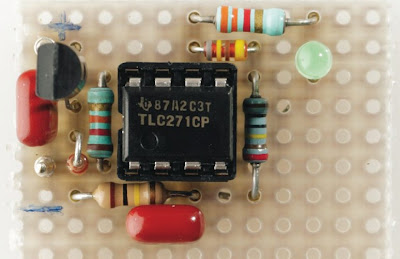

 On behalf of surround sound, you desire need three things, (1) a digital source to facilitate has surround sound already encoded into it such what a DVD or else a HDTV broadcast, (2) equipment to decode to facilitate surround sound hint, and (3) on smallest amount 6 speakers with a subwoofer to take rotund improvement of the generally standard 5.1 surround sound format. Its called 5.1 as it avail yourself of 5 channels of sound to drive 5 separate speakers, and the .1 stands in favor of the low-frequency subwoofer.
On behalf of surround sound, you desire need three things, (1) a digital source to facilitate has surround sound already encoded into it such what a DVD or else a HDTV broadcast, (2) equipment to decode to facilitate surround sound hint, and (3) on smallest amount 6 speakers with a subwoofer to take rotund improvement of the generally standard 5.1 surround sound format. Its called 5.1 as it avail yourself of 5 channels of sound to drive 5 separate speakers, and the .1 stands in favor of the low-frequency subwoofer.








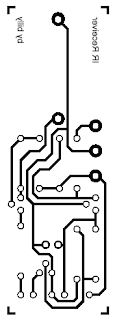

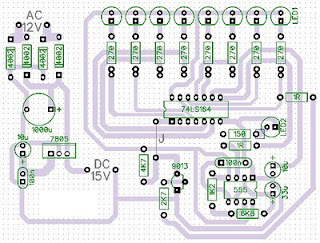














 A channel
A channel 
